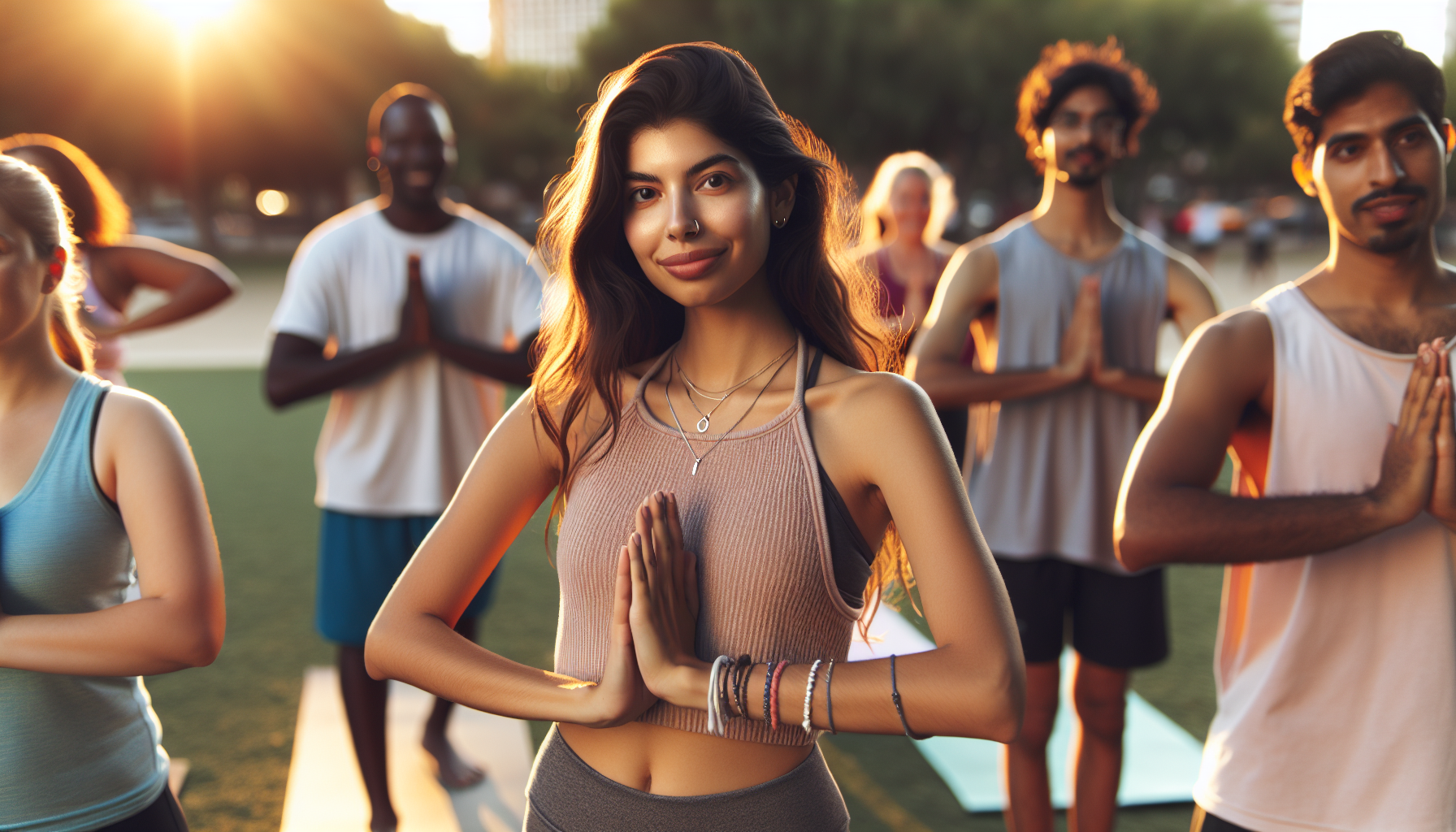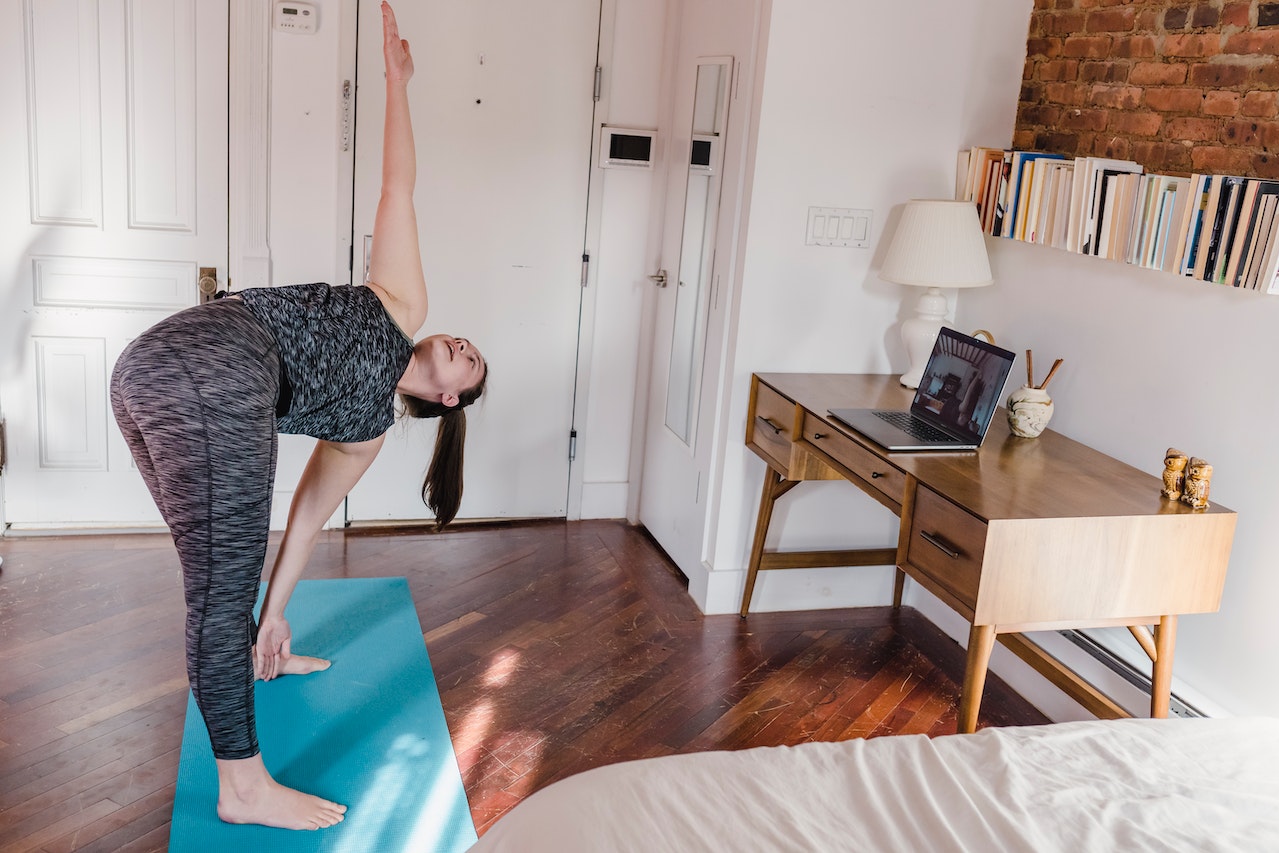what should i do after 200 hours of ytt?

Remember the first time you stepped onto a yoga mat, feeling a mix of anticipation and uncertainty? Like that initial journey into yoga, completing your 200-hour Yoga Teacher Training (YTT) is a milestone that stirs excitement and curiosity.
It’s a pivotal moment where paths unfold and opportunities beckon. As you stand at this crossroads, questions arise, “What now?
How do I transition from a student to a teacher? What should I do after 200 hours of ytt?”
These reflections are more than just queries; they’re gateways to a deeper understanding of your advanced yoga teacher training journey.
Also read >>> Best Online Yoga Teacher Training
I’m here to guide you through this transformative phase of practicing yoga together, turning your training into effective teaching.
This isn’t just about the practical steps you must take, although those are crucial. It’s about finding the core of your yoga practice and applying that knowledge to encourage and empower others.
As you set out on this journey, keep in mind that each lesson you give presents a chance for growth, connection, and sharing for both you and your students.
Embrace this journey with an open heart. Think of it as a continuation of your own yoga practice itself, where every challenge is a lesson and every success is a moment of gratitude.
Together, let’s explore how you can build a fulfilling career as a new teacher, blending your passion with purpose and professionalism.
This guide isn’t just a set of instructions; it’s a companion on your journey to becoming an inspiring yoga teacher. Welcome to the next chapter of your yoga story.
As you move your yoga course forward, it’s essential to. Understand that teaching yoga is more than just guiding a class through asanas.
It’s about creating a supportive environment where students can explore, grow, and find balance within themselves.
This journey starts with you – as a teacher, you are the heart of your classes.
And Now, What should I do after 200 hours of ytt?

Compile Your Teaching Toolkit
Your journey begins with preparing your teaching toolkit.
This should include your certifications, class plans, and other relevant documents.
Liability insurance provides legal coverage while you start teaching yoga classes and protects you and your business from potential risks.
Organizing these resources is not just about being prepared for job applications; it’s about building confidence in your expertise and experience as a yoga instructor.
Secure Your Professional Safety Net
Next, ensure you have liability insurance and current CPR/EFAC certifications.
These are not mere formalities but critical aspects of being a responsible and professional yoga teacher. They protect both you and your students, demonstrating your commitment to a safe and supportive practice environment.
Craft Your Yoga Teaching Resume
Your resume is more than just a piece of writing; it represents your background, expertise, and enthusiasm for teaching yoga. It tells the story of how you got into teaching yoga and highlights your unique experiences and methods.
Provide a list of your credentials, teaching experience, and any unpaid or volunteer opportunities that have influenced your style as a teacher.
Connect with a Yoga Alliance
Joining Yoga Alliance isn’t just a step in your professional journey; it’s like finding a partner on your path to becoming a successful yoga teacher.
Imagine having access to experienced teachers, a wealth of resources, guidelines, and a community that supports and validates your passion for teaching yoga.
That’s what Yoga Alliance offers.
Simple Steps to Join:
- Choose Your Designation: Select the designation that matches your training level. Whether you’re a recent graduate or an experienced teacher, there’s a category for you.
- Specify Training Dates: Let them know when you completed your transformative journey.
- Identify Your Yoga School: Share the name of the Registered Yoga School (RYS) where you trained. This is part of celebrating your yoga roots.
- Provide Completion Proof: Show them your success by providing proof of your training completion.
To start this journey, visit the Yoga Alliance website: Yoga Alliance. Your story as a yoga teacher is waiting to be told, and Yoga Alliance can help you share it with other yoga teachers around the world.
Establish Your Presence in the Yoga Field

Now, it’s time to immerse yourself in the broader community. It is vital after completing your 200-hour certification.
There’s a wealth of opportunities and support within the registered yoga teacher community, and being actively engaged can significantly enhance your growth and success as a yoga teacher. Here are some ways to connect with the community:
- Connect with Yoga Alliance
- Engage with local studios and yoga schools.
- Make the most of social media platforms like Facebook group, Instagram, TikTok, etc., to promote your practice and network with fellow yoga practitioners
These steps are crucial for networking, finding jobs, and establishing your presence as a competent yoga teacher or a new yoga instructor.
Make Social Media Your Yoga Ally
Transforming your yoga practice into a flourishing online presence is more than just a trend; it’s a strategic move in today’s digital-driven world. Utilizing social media platforms effectively can turn your yoga training and teaching into an engaging, far-reaching, and inspiring online journey.
- Showcase Your Yoga Story: Each post you share is a glimpse into your unique yoga journey. Share your experiences, insights, and the essence of your teaching style. Let your followers see the person behind the teacher.
- Connect with Potential Students: Social media breaks down geographical barriers. A student halfway across the world might find inspiration in your posts and choose to connect with you.
- Expand Your Reach: Regularly posting engaging content can significantly increase your visibility. You’re not just a yoga teacher but a yoga influencer shaping how others see and understand yoga.
#Tips for Effective Social Media Engagement:
- Be Consistent: Regular posts keep your audience engaged and help build your online presence. Consistency is critical, whether daily yoga tips, weekly insights, or monthly updates.
- Join Online Communities: Engage in yoga groups and discussions. This is a great way to learn from others, share your knowledge, and stay updated on the latest in yoga.
- Keep Your Content Fresh: Offer a mix of posts – from yoga tutorials to personal reflections. Let your followers see the full spectrum of your yoga life.
- Update Your Website: Your social media should lead people to your professional website. Keep it updated with your latest classes, workshops, and yoga resources.
Remember, your social media platforms are extensions of your yoga studio. They’re spaces where you can inspire, educate, and connect. So go ahead and share your yoga journey with the world – one post, one pose, and one breath at a time.
- Yoga Teachers: A platform for a wide range of discussions, helpful for yoga teachers seeking diverse insights and support.
- Yoga Teacher Resource Community: Focuses on various aspects of yoga teaching, including classroom management, personal practice, and business aspects.
- Anatomy Gurus: Ideal for those interested in deepening their knowledge of yoga anatomy and biomechanics.
- Tantrik Yoga Now: A group dedicated to discussions on classical Tantrik Yoga, perfect for those exploring yoga philosophy in depth.
- Yoga Jobs All Over the World: Great for yoga teachers seeking international teaching opportunities.
- The Connected Yoga Teacher Group: Aims at professional development and offers discussions on various aspects of yoga teaching.
- Yoga Marketing Tips and Tricks: Helpful for yoga teachers looking to enhance their online marketing skills.
- Yoga Teacher Marketing Community – Digital Yoga Academy: Offers support and resources for building sustainable and profitable online yoga businesses.
- Abundant Yoga Teachers: Covers topics about establishing oneself as a professional yoga teacher.
Navigate Your Teaching Path

As you start teaching yoga, it is like stepping into a new world of possibilities. It’s a chance to put all you’ve learned into practice and make a difference, one yoga class at a time.
Remember, every great teacher once started precisely where you are now – eager and knowledgeable but in need of real-world experience.
- Embrace Hands-On Experience:
- Volunteer Opportunities: Offer community classes in your local areas, co-living spaces, or non-profit organizations. It’s a heartfelt way to give back and refine your teaching style to a broader audience.
- Explore Apprenticeships and Mentorships: Seek out experienced mentors or apprenticeship programs. These opportunities are golden – they provide guidance, insider knowledge, and the nuances of teaching that you can’t learn from a book.
- Develop Your Unique Style: As you teach, you’ll start to carve out your own approach to yoga. This is your teaching skills, signature, and. yoga ‘voice.’ Embrace it and watch how it resonates with your students.
- Connect with Your Local Yoga Community:
- Network with Local Studios: Step into local studios, attend workshops, and engage with other teachers. Each studio has its vibe and community; find where you fit best and dive deeper.
- Share and Learn: Exchange experiences and insights with fellow yoga teachers. These interactions are not just about networking but about growing as a teacher and person.
Share and Learn: Exchange experiences and insights with fellow yoga teachers.
These interactions are not just about networking but about growing as a teacher and person. - Build Relationships: Connecting with other yoga professionals can lead to opportunities, friendships, and collaborations that enrich your teaching journey.
This phase of your journey is about transformation— transforming your accumulated knowledge and training into impactful, authentic teaching.
It’s about finding your place in the various community centers and larger yoga community and learning just as much from teaching as you did from your training. So, step forward with confidence.
Your unique voice and style are exactly what your future students need.

Focus on Continuous Growth
As Phil Collins said, “In learning, you will teach, of course, and in teaching, you will learn.” Remember, your learning never stops.
Continue to develop your practice and expertise through continuing education, advanced training, and continuing education.
- Regular personal asana practice
- Advance your training
- Stay informed& keep up with the trends.
- Embrace lifelong learning
- Incorporate mindfulness into your daily life
Build Your Yoga Business Acumen
Finally, understanding the business aspect of being a yoga instructor is the key to your yoga career. From marketing yourself effectively to navigating the intricacies of the yoga industry, these skills are essential for building a sustainable and successful teaching career.
Stepping into the realm of the yoga business is an integral part of your journey as a top yoga practitioner and instructor.
It’s about much more than teaching; it involves learning how to effectively market yourself and navigate the complexities of the yoga industry.
These skills are crucial for creating a successful and enduring yoga training career. As you progress beyond your 200-hour Yoga Teacher Training, approach each new challenge and opportunity with the same enthusiasm that first brought you to your yoga mat.
Remember, every yoga class you teach is an opportunity to share a piece of your soul and positively influence lives.
Stay resilient, dedicated, and passionate; you will be a yoga teacher, guiding light, mentor, and inspiration in the yoga community.

As you continue your journey as a yoga teacher, remember this profound quote by B.K.S. Iyengar: “The rhythm of the body, the melody of the mind, and the harmony of the soul create the symphony of life.”
May this wisdom guide you as you delve deeper into the endless path of learning and teaching and what should I do after 200 hours of ytt. Namaste!
FAQs
Yes, a 200-hour yoga teacher training course is sufficient and meets the international standard for becoming a reputable yoga instructor.
Yes, a 300-hour yoga teacher training is worth it as it allows you to deepen your study of yoga philosophies, lifestyle, and personal practice, enabling you to teach yoga using more advanced techniques. It’s also widely recognized in most studios.
The 500-hour yoga teacher training program combines the 200- and 300-hour yoga practitioner programs, offering foundational and advanced courses for aspiring and experienced yoga teachers.
It’s unnecessary to join Yoga Alliance after completing your RYT-200 certification.
Still, it offers additional advantages, such as purchasing specialized liability insurance and showcasing a profile in the Yoga Alliance Directory.
Volunteer classes offer new yoga teachers a chance to gain practical teaching experience, improve their skills, gain experience, and contribute to the community.
This can help them build confidence and connect with potential clients.



